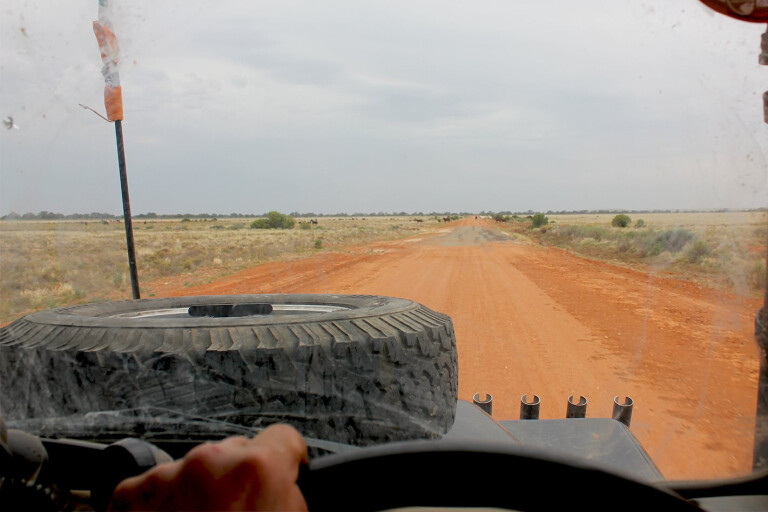
The semi-arid Sturt National Park in New South Wales is one of Australia’s largest nature reserves, and one of the most accessible. The park borders Corner Country, the north-west corner of New South Wales which joins with Queensland and South Australia.
This article was originally published in the June 2014 issue of 4x4 Australia.
This intersection, marked as Cameron Corner, is the perfect place to start your exploration of Sturt National Park if coming from the west.
The famous marker is located right beside the Dingo Fence, the world’s longest fence, spanning 5614km from the Darling Downs to the Great Australian Bight on the cliffs of the Nullabor. There is plenty of information on a billboard next to the marker that gives insightful and practical information for tourers.
 From Cameron Corner you pass through the gate in the Dingo Fence, driving from the South Australian border into Sturt National Park and New South Wales.
From Cameron Corner you pass through the gate in the Dingo Fence, driving from the South Australian border into Sturt National Park and New South Wales.
Large red sand dunes that sit four meters high, expansive clay pans and small rocky gorges are just some of the fascinating wonders you will see on your travels. Aside from its aesthetic beauty, the park also plays a significant role historically – it was the setting for some of the most important events in the history of the early exploration of inland Australia.
The park is named after explorer Charles Sturt, one of the most famous pioneers in Australian history. In 1844 he pioneered sections of this land as part of his exploration of the Simpson Desert area. He also spent six months trapped by drought at Depot Glen, south of Tibooburra, before travelling north-west until he was finally stopped by the harshness of the desert environment.
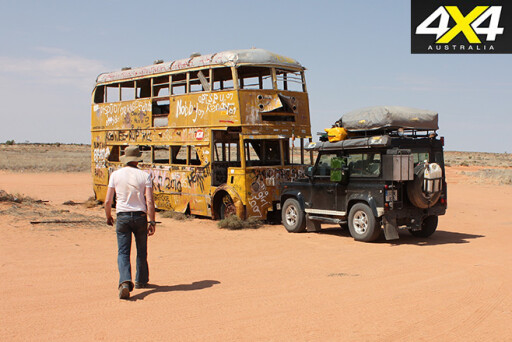 Burke and Wills also went through the area in 1861 on their journey north towards the Gulf of Carpentaria. As it turned out, it was the search for the lost explorers that led to opening up the country for the pastoral industry.
Burke and Wills also went through the area in 1861 on their journey north towards the Gulf of Carpentaria. As it turned out, it was the search for the lost explorers that led to opening up the country for the pastoral industry.
Sturt National Park also holds special significance for the local Aboriginal people. Numerous historical and cultural sites are found in the area. This is Wongkumara, Wadigali and Malyangapa country.
As you drive through Sturt National Park you will experience the harsh reality and extreme beauty of the Australian outback. Kangaroos, emus and the majestic wedge-tailed eagles are all regular fauna in this area.
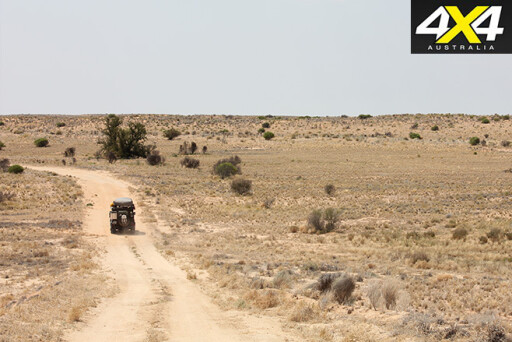 THE DRIVE
THE DRIVE
The route from Cameron Corner to Tibooburra totals 139km of dusty outback track. The drive will take you through a diverse landscape including the Waka Clay Pan, sand dunes and Fort Grey, which was a provisions stockade built by Charles Sturt to support his inland expeditions.
The Waka Clay Pan is a spectacular flat when dry and sits about 50km from The Corner. When filled with water, this clay pan will require a detour, otherwise you will risk getting bogged, but the area comes as an unexpected sight in this dry landscape.
Geologically, a clay pan is a compact layer in the subsoil with a much higher clay content than the overlying material. Clay pans are usually hard when dry and sticky when wet, so avoid entering them with your vehicle when there has been some rain. They provide a natural flat structure for the storage of water and facilitate the provision of a habitat necessary for the life of many plants and animals.
 Examples of the animals and living organisms that call the clay pans home are shield shrimp and desert fish. Frogs also bury themselves in moist areas well below ground and then come to the surface to feed and breed when it’s wet.
Examples of the animals and living organisms that call the clay pans home are shield shrimp and desert fish. Frogs also bury themselves in moist areas well below ground and then come to the surface to feed and breed when it’s wet.
However, when the clay pan is dry, it’s as hard as rock and can be a lot of fun driving over. It’s a bit like playing out a scene in one of the Mad Max movies, particularly when you bomb along the vast plain leaving nothing but a large red dust cloud behind your vehicle.
From there, it’s another 90km of scenic driving to Tibooburra. There are plenty of places to pull over for lunch along this track, so take the time to embrace this beautiful but remote land.
Tibooburra is one of the far west villages of New South Wales. The small settlement is less than 1300km from Sydney and is often referred to as one of the hottest places in Outback NSW.
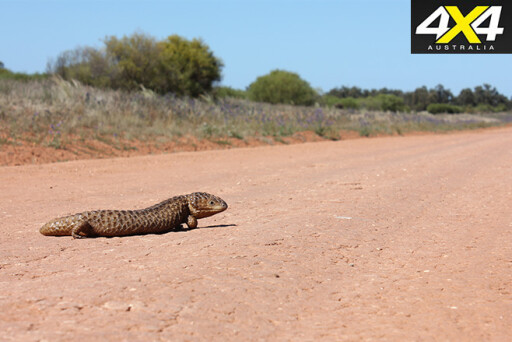 The town has a few quirky pubs and The Family Hotel (built in 1882) is a must see. It has a wall decorated with works from some of Australia’s most famous artists, with many memorable images painted on the interior walls. Clifton Pugh stayed there and painted a number of murals on an inside wall of the hotel that can still be seen today.
The town has a few quirky pubs and The Family Hotel (built in 1882) is a must see. It has a wall decorated with works from some of Australia’s most famous artists, with many memorable images painted on the interior walls. Clifton Pugh stayed there and painted a number of murals on an inside wall of the hotel that can still be seen today.
There are several options for camping in this area, including hotels and motels for those looking for a bit more comfort, but you can’t go past camping beneath the stars and watching the amazing bright orange sunset. The campsite is located across from the fuel station on the outskirts of town and provides all the basic amenities, including welcome hot showers.
While Tibooburra is a small town, there is usually plenty of activity about the place, with the pubs full of fly-in miners, passing tourers and locals.
 Sturt National Park is a great destination for those who want to experience Outback Australia. A trip to this area will not leave you disappointed.
Sturt National Park is a great destination for those who want to experience Outback Australia. A trip to this area will not leave you disappointed.
TRAVEL PLANNER
STAYING THERE
The Tiboobura campsite is just a five minute walk from the town centre. All of the basic amenities are provided, including hot showers.
An alternative is the Dead Horse Gully campground, about 1.5km from the town of Tibooburra.
Camping fees: $5 per adult per night. $3 per child per night.
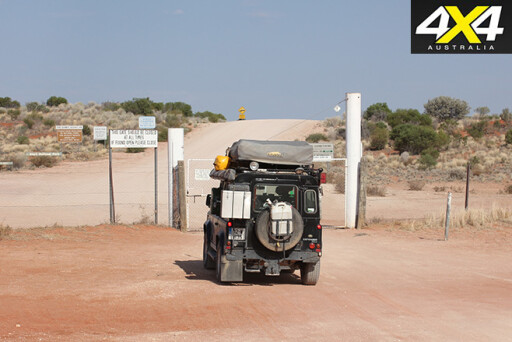 FEES & OPENING HOURS
FEES & OPENING HOURS
Sturt National Park only closes due to poor weather or potential fire danger. Vehicle entry fees are an affordable $7 per vehicle per day.
If you are planning to explore this part of Australia, another option – and possibly the most economical way for extended tourers – is to purchase an annual Desert Parks Pass. This 12-month permit grants you unlimited access to all conservation parks and national park regions within the area of South Australia, Northern Territory and Queensland.
ROAD CONDITIONS
It is always advisable to check road conditions before departing.
Road closures may apply during and after wet weather, with tracks often being impassable after heavy downpours.
Watch for oncoming vehicles. when driving over the crests of sand dunes
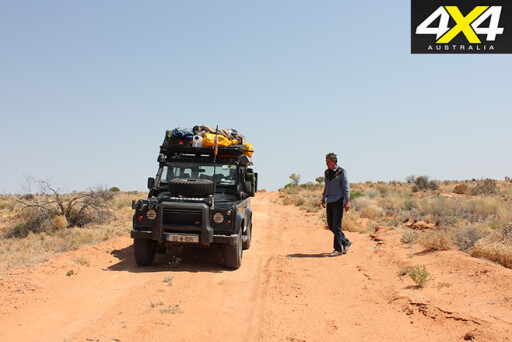 FUEL & SUPPLIES
FUEL & SUPPLIES
It is worth noting that the track from Cameron’s Corner to Tibooburra is approximately 140km through remote country with nothing in between the two settlements.
Fuel and basic supplies are available in both Cameron’s Corner and Tibooburra, but expect to pay higher rates per litre of fuel.
BEST TIME TO VISIT
The cooler months are definitely the best time to visit.
CONTACTS AND INFORMATION
Tibooburra Visitor Information Centre:
Phone: (08) 8091 3308
Web: www.tibooburra.org/npws.html
National Parks and Wildlife Service
Phone: (08) 8091 3308
The Granites Caravan Park
Telephone: (08) 8091 3305

COMMENTS